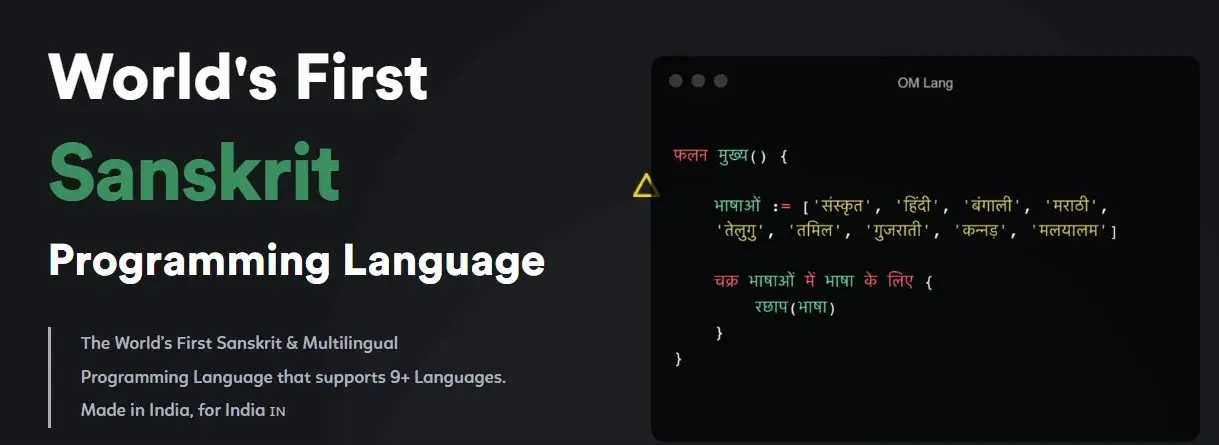Computational Aspects in Sanskrit
Introduction
- The mechanism in Ashtadhyayi is: take a word (a base), add a suffix, and apply rules.
- This methodology is similar to many computational concepts.
Panini's Computational Concepts
- Examine the computational concepts that Panini used in Ashtadhyayi approximately 2800 years ago.
Computer Languages vs. Panini
- Computer languages are formal with their own vocabulary and syntax.
- Instructions are given as algorithms or programs.
- Panini's grammar shares many of these characteristics.
- Similar ideas of today could be found in Panini's grammar, because that is how whole Sanskrit language is sort of put together
Paninian Approach: Mapping to Computational Concepts
- The Paninian approach to Linguistics and Sanskrit grammar maps to certain computational concepts.
List of Computational Features
-
Exclusive Syntax:
- Panini uses an exclusive syntax for Ashtadhyayi.
- Certain conventions must be followed for Ashtadhyayi to make sense.
-
Exclusive Vocabulary:
- A vocabulary is specifically meant for Panini's work.
- Terms like 'tip' and 'mat' have specific meanings.
-
Abbreviated Forms and Mnemonics:
- Abbreviated forms and mnemonics are used for brevity and better retention of ideas.
-
Algorithmic Approach to Word Generation:
- Takes a strictly algorithmic approach to word generation.
- Sometimes uses recursive logic.
Amenability for Machine Coding and NLP
- These aspects make Sanskrit easily amenable for machine coding and current-day applications such as Natural Language Processing (NLP).
- The greater these features are in a language, the greater the possibility of using the language structure, syntax, and grammatical foundations for NLP.
Sanskrit as an Attractive Option
- Sanskrit offers a very attractive option because it has all these features. Therefore, sanskrit as a language to be studied and spoken holds immense importance.


No Comments